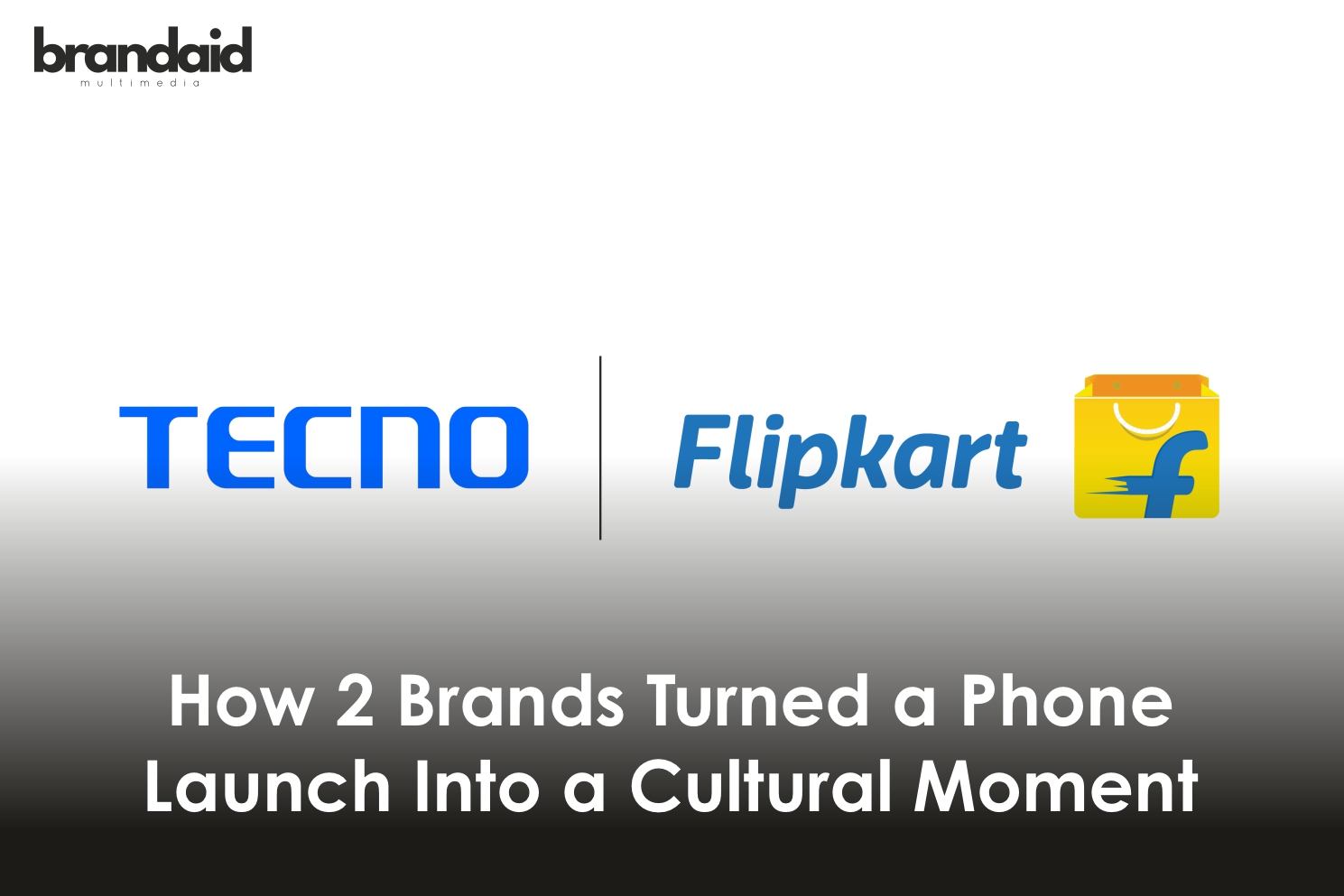Rebranding is a move that requires a lot of courage. Many companies take up this bold move to stay relevant, adapt to changing markets, and amp up their image. Whether it’s keeping up with changing customer preferences, overcoming a negative image, or becoming modernised, rebranding holds the power to achieve long-term success. Let’s explore how some major brands have reinvented themselves over time and how other companies can learn from their rebranding success stories.
Dunkin’: Modernizing While Staying True to Its Roots
In 2018, Dunkin’ Donuts made a significant yet subtle shift in its brand identity. It dropped the word “Donuts” from its name and rebranded itself as “Dunkin’.” The name change reflected the company’s wish to focus on beverages, particularly coffee. This is because, coffee had become its most popular product category alongside donuts.
This shift was not just about a new logo. It showcased Dunkin’s intention to position itself as an on-the-go coffee and beverage brand rather than just being identified as a donut chain.
Other than the logo, the rebranding effort involved modernising its stores, changing the packaging, and introducing new product lines, such as healthier food options and premium beverages. All this is done to keep up with changing consumer tastes.
Despite the name change, Dunkin’ stayed true to its core identity. The brand retained its famous orange and pink colour scheme and made sure that donuts remained an integral part of its menu.
Lesson Learned: Rebranding doesn’t have to mean completely abandoning the past. Dunkin’ managed to refresh its identity while preserving the essence of what made the brand popular in the first place. Successful rebranding balances modernity with heritage.
Burberry: From Heritage to High Fashion
Burberry’s rebranding journey is one of the most inspiring rebranding success stories. It’s a classic example of how a heritage brand can reinvent itself to appeal to a modern audience. In the early 2000s, Burberry was struggling with an image problem. The brand was rampantly associated with an older and conservation consumer group. As a result, it began to lose its appeal to modern-day, fashion-conscious consumers. Also, the brand’s check pattern was being rampantly used in fake products, damaging its exclusive repute.
As a result, designer Christopher Bailey took over as creative director, along with CEO Angela Ahrendts. Together, they began a much-awaited overhaul. They implemented a strategy that would transform Burberry from a tired British label into a globally recognised luxury brand.
As a part of the rebranding efforts, the brand modernised its visual identity, it started embracing digital technology and also started featuring younger, more diverse models and influencers in campaigns. Burberry also reduced the use of the check pattern and focused on minimalist, high-quality designs that emphasised British craftsmanship.
Under Bailey and Ahrendts, Burberry became a digital leader in the luxury space. Now, it’s pioneering live-streamed fashion shows and engaging with younger audiences through social media. This strategic rebranding helped Burberry reposition itself as a high-fashion brand, regaining its status as a luxury icon.
Lesson Learned: Sometimes rebranding requires a complete transformation of a brand’s image, audience, and even its core identity. Burberry’s success lies in its ability to pivot from a heritage label to a luxury fashion powerhouse without losing its British roots.





